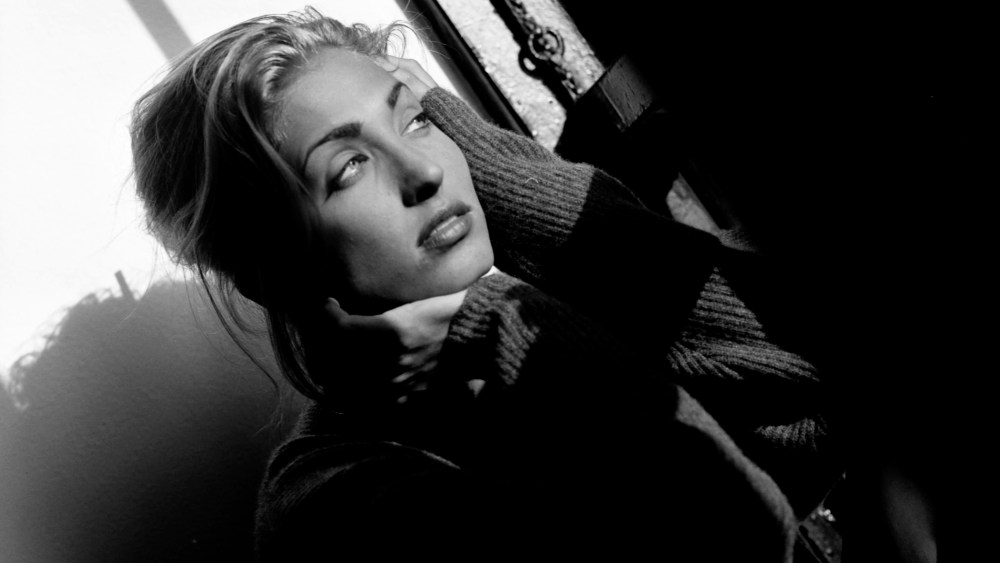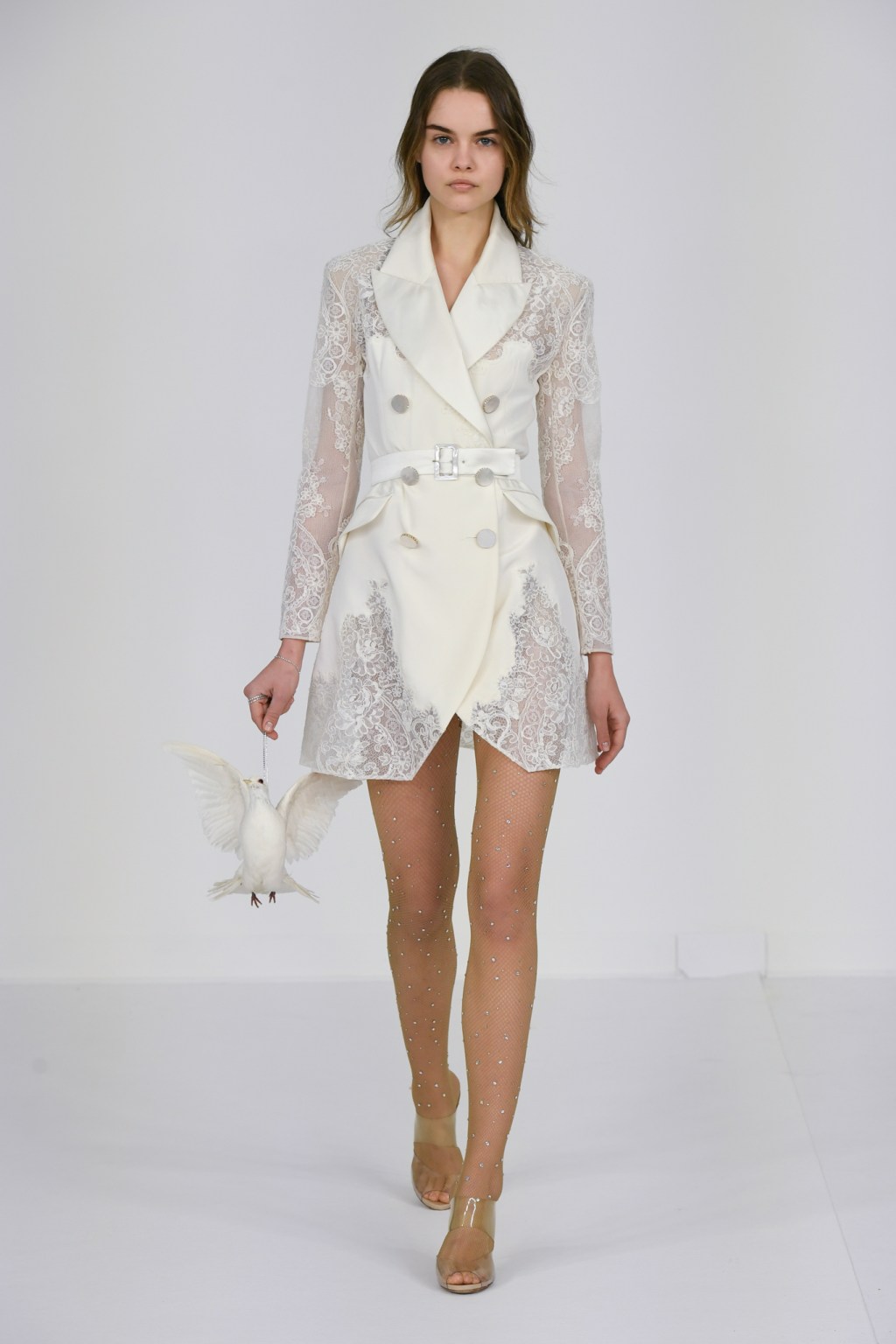LONDON — Carolyn Bessette-Kennedy’s life was cut short by a plane crash 25 years ago, and now a new book, “Once Upon a Time: The Captivating Life of Carolyn Bessette-Kennedy,” takes a look at how she lived, and her marriage to John F. Kennedy Jr.
“From the outside everything looks like a fairy tale, and that’s not to say they didn’t have a beautiful marriage because they actually did. The press would say, ‘What does she have to be unhappy about? Look at their perfect life.’ But it’s not always about what it looks like from the outside,” said the author Elizabeth Beller.

Beller set out to write the book in 2019 after reading articles about Bessette-Kennedy and noticing discrepancies between the way the media portrayed her, and the way those who knew her spoke about her.
She hopes the book is a lesson in kindness.
“We never know what someone is going through; you never know what they’re bringing to the table, or what battle they have going on. At this point, it sounds trite, but we really need to be kinder to one another,” Beller said.

In the book, she speaks to Bessette-Kennedy’s friends, family members, acquaintances, coworkers and admirers, and features never-before-seen images of her in school, at Christmas, and with her cousins.
Beller made a conscientious decision to not use paparazzi photos in the book, saying they treated Bessette-Kennedy, a publicist for Calvin Klein, who specialized in dealing with VIP clients, unfairly.
“As soon as they became official, there were cameras everywhere. It really frightened her and she didn’t know how to handle the cameras, and John really tried to help her, but there wasn’t a manual that he could hand over to Carolyn. They just treated her differently [than JFK Jr.],” she said.

The story of a girl marrying into a visible family and being put through the wringer isn’t a new one and it has happened with the likes of Princess Diana and Meghan Markle.
“[The press] was harder on her back then. There were all those stories about her being unhinged and things that sell. Whereas for Diana, she spoke to the media, and she had some control over her narrative, whereas Carolyn never gave an interview — she hadn’t found that narrative voice for herself yet,” Beller says.
Bessette-Kennedy had been in the spotlight for less than three years when she married JFK Jr.

“They [the press] portrayed her as manipulative, crazy, cold [and] icy, and it couldn’t be further from the truth. She was warm, funny, effervescent and an extremely good friend, and someone who practiced random acts of kindness a the regular basis, not only to just her friends,” Beller said.
Writing the book was an uphill climb, as the Manhattan “It” couple had asked many of their inner circle to respect their privacy, a promise a lot of people have kept to this day.
At the outset, Beller said she wrote handwritten letters to Bessette-Kennedy’s parents.

She eventually heard from Bessette-Kennedy’s father’s side of the family, reiterating what a joyful and fun person she was.
Throughout Bessette-Kennedy’s adolescence, her father was absent, and it was JFK Jr. who suggested that she reconcile with him.
Beller reveals that JFK Jr. had told several of his friends that the biggest regret of his life was not introducing his mother, Jacqueline Kennedy Onassis to Bessette-Kennedy.

“It seems like they were very similar women in a lot of ways — both Catholic, both have the French last name and background, and they were both very caring and served as a real ballast for John,” she added.
The author met with Carole Radziwill, the widower of Anthony Radziwill, Lee Radziwill’s son who passed away at the age of 40 from cancer, for insight.
“I’m not interested in salacious content. I’m interested in the contours of her story and her outlook, but at some point, it becomes about legacy and correcting falsehoods that are actually damaging — they’re damaging to not Carolyn, but to women in general,” Beller said.

In the book, she quotes Bessette-Kennedy‘s college roommate Colleen Curtis, who wrote a piece saying Bessette-Kennedy “recognized that the fashion industry could be one-dimensional,” and that she “talked about translating the skills she learned in fashion PR into something more meaningful, such as fundraising for nonprofit organizations.”
The book says she was considering documentary filmmaking as a future career.
“Carolyn had for the most part outgrown her position at Calvin Klein. She was thinking about ways she could make a difference in the world. She thought about going back to school for psychology, making use of her innate talent at homing in on the heart of someone’s troubles and uplifting them,” Radziwill recalls in the book, which offers a thought-provoking take on one of the most famous, and photographed, women of the late 20th century.


